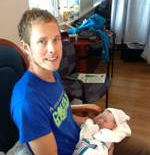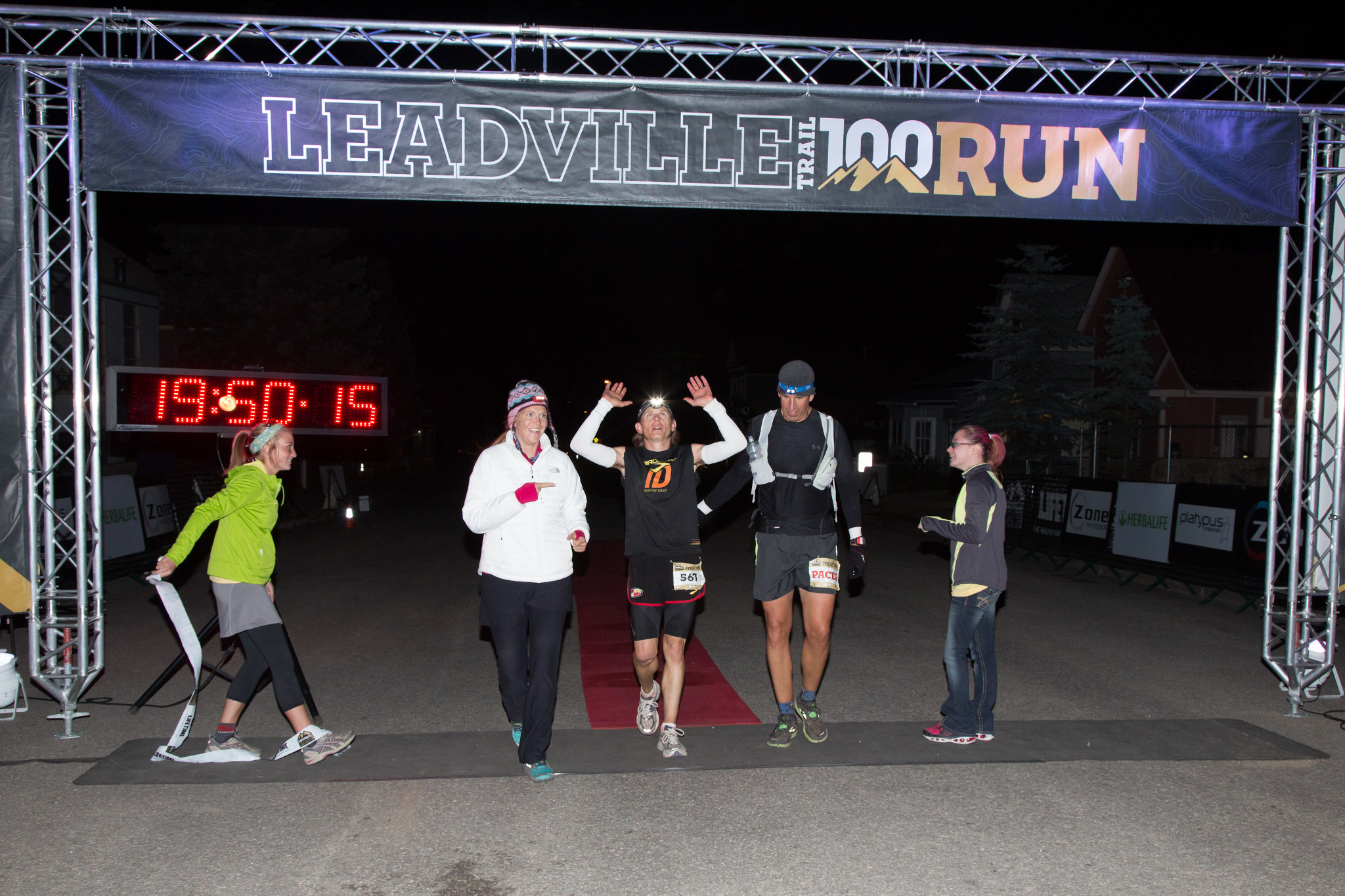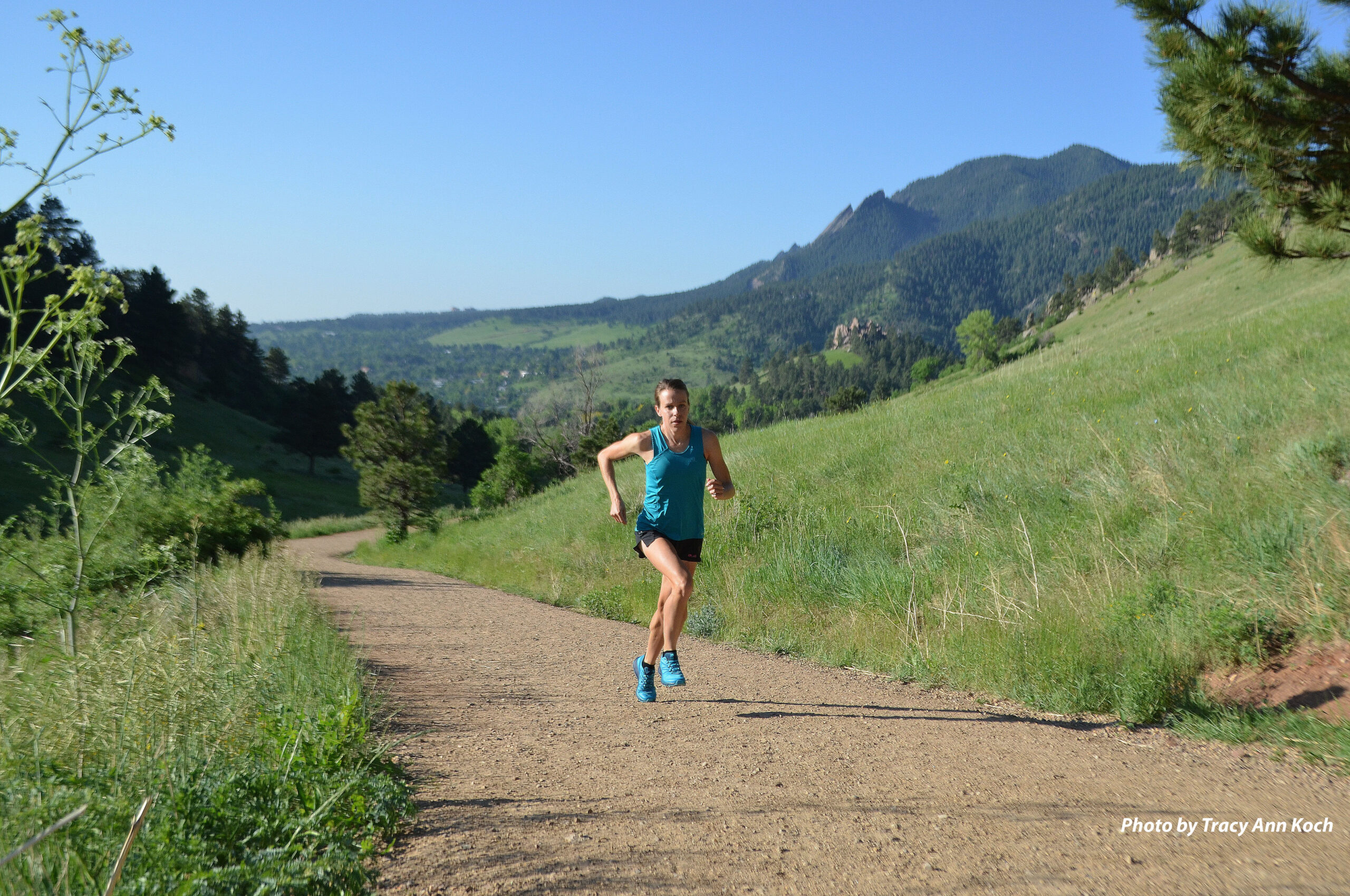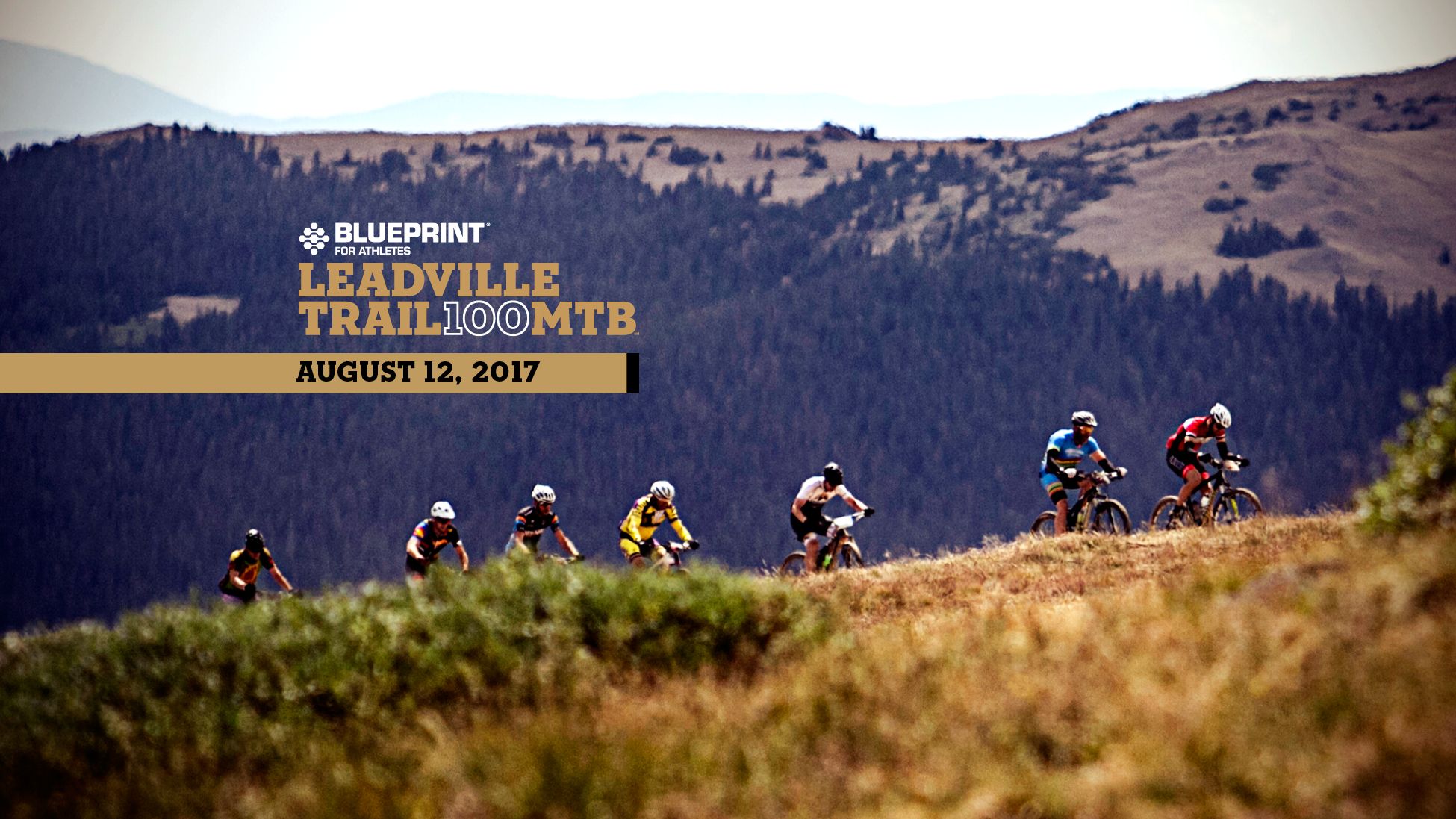
Face of the Race: Joel Anderson
 Not everyone can take on the Leadville Trail 100 Run, but Joel Anderson has every intention of doing so – especially after all he’s been through to get his shot at the race. After months of training for the 2013 event, his dream was cut short by a freak rock climbing accident that prevented him from running for six months. Anderson’s journey back began slowly. Deliberately. Productively. All that’s left is for him to keep toeing that line.
Not everyone can take on the Leadville Trail 100 Run, but Joel Anderson has every intention of doing so – especially after all he’s been through to get his shot at the race. After months of training for the 2013 event, his dream was cut short by a freak rock climbing accident that prevented him from running for six months. Anderson’s journey back began slowly. Deliberately. Productively. All that’s left is for him to keep toeing that line.
Describe what you went through with the rock climbing accident and the resulting spinal fusion. What does a spinal fusion entail, and why is it that so many athletes are unable to come back afterward?
In March 2013 I fell 37 feet in a climbing fall and sustained an unstable fracture of my T12 vertebra. My spine was fused from L2-T10, meaning that a significant portion of my spine would be immobilized for the rest of my life. It also meant that I would have to be sedentary for three months and could not resume activities like running for a minimum of six months or until the fused vertebrae had sufficiently healed to one another.
Athletes generally do not get spinal fusions. People with degenerative spinal conditions or people in serious car crashes get spinal fusions. Unfortunately for me, this meant there was very little information about successful athletes with spinal fusions, which made the recovery process even more difficult. There was, however, a lot of information about people in chronic pain and unable to function normally post spinal-fusion. The exception group I found was people with scoliosis who had good outcomes after a corrective spinal fusion. There was one ultra runner with a fusion whom I found particularly inspirational during my recovery named Siri Terjesen.
You said you went to a “dark place” during your recovery when your surgeon limited your walking terrain and mileage. How did you find your way out of that place and become positive and hopeful again?
Injuries make runners sad and depressed. When I broke my back part of me thought I had lost running as a method of exploring the mountains for good. I assumed much of the stiffness in my back during recovery would be permanent and often I became discouraged and depressed. The way I stayed hopeful was through taking control of my body just as I had through conditioning my body to run long distances. Unable to train physically, I instead focused on eating super healthy, mostly fruits and vegetables in order to reduce caloric intake while being sedentary during recovery. My goal was to give myself every possible advantage to resume running when the surgeon lifted my restrictions.
What led to your dropping out of the race in 2012, and how did you feel about it at the time? What’s your advice to other runners who may face a similar decision this year at the 100?
I dropped at Fish Hatchery inbound during the 2012 LT100. My goal was to finish without destroying myself, which was unrealistic; you will destroy yourself. I had a really good day on the course, running the majority of the course until the long pavement section before Fish Hatchery inbound where I developed shortness of breath and coughing if I exerted anything more difficult than a brisk walk. Walking an additional marathon distance to Leadville was not something I was willing to do in 2012. Had I known I would break my back in 2013 instead of returning in good form, I would have forged on in 2012. Instead, I clipped my bracelet and sat in a chair next to my wife and cheered on the other runners while drinking a beer. I even got a pretty good night’s sleep and watched the finishers the next morning! I have very fond memories of the 2012 LT100.
My advice for other runners this year is that dropping out will cross your mind in a 100-mile foot race. Anticipate this thought and have a plan. This year finishing the race is more important to me and the fact that I have endured more hardships in my life will hopefully better prepare me for the suffering to come in the 2014 LT100.
What’s your training strategy this year? Are you doing anything different than you did in 2012? How are you feeling so far this year (it’s early, but it sounds like you’ve done a few long-distance events already)?
In 2012 I spent long days running or hiking in the mountains three or four days a week. This year, with a newborn baby, I hammer as hard as possible for relatively short, rushed sessions. I train for an hour a day now instead of all day. The good thing about this is that I am faster than ever. My endurance is pretty good too. I have done two marathons and a 50km trail race since being cleared to run by my surgeon last August. This winter I am incorporating skate skiing to help stay injury free.
What’s your favorite spot to train, or your favorite route?
My favorite places to train are Mt. Evans, Grays and Torreys, St Mary’s Alice, Indian Peaks, Summit County and many others [here in Colorado]. One of my favorite routes is a loop from Mt. Evans, Echo Lake trailhead:
http://connect.garmin.com/activity/195160231#
On race day, will you approach the race differently than you did in 2012?
Yes, I will watch my footing more closely around Turquoise Lake and be wearing a brighter headlamp so I don’t roll my ankles on the roots. I will pay closer attention to overexerting myself early in the race until I am up and over Hope Pass the second time. I will be psychologically prepared to walk some of the asphalt into Fish Hatchery inbound.
You recently had another life-altering experience: becoming a dad. Has that affected your training? How has it changed your perspective on life, running, etc.?
We had a baby girl last June and it has had a huge affect on my training. I go to bed really early so no matter how many times she gets up during the night or if she gets up really early to play, I have still managed some amount of good rest. My perspective on time has changed drastically since becoming a father and the back-to-back long days in the mountains are over for now. Running is still a priority and I find creative ways to incorporate it in my life, such as running to commute to work and taking advantage of the treadmill at home when she goes down for naps. I also love putting miles on the baby jogger.
Anything else you’d like to add?
If you are recovering from an injury, there is a lot of discouraging stuff online. Just remember that the people who recover well from major injuries are not the ones writing in an injury forum on a website. The people who recover have generally moved on and are out being active so their voices get lost. Please contact me if you are an athlete recovering from a spinal fusion.



